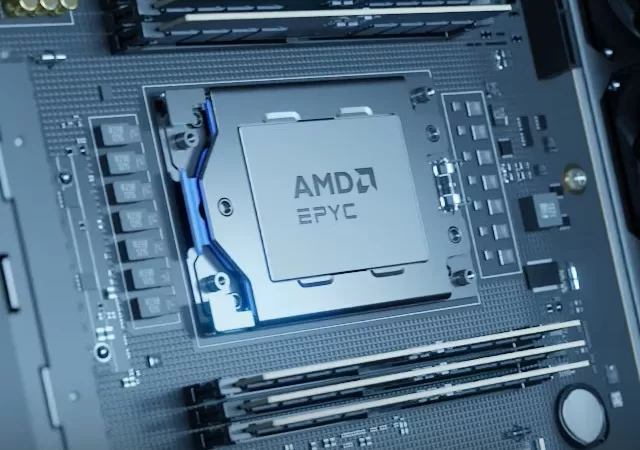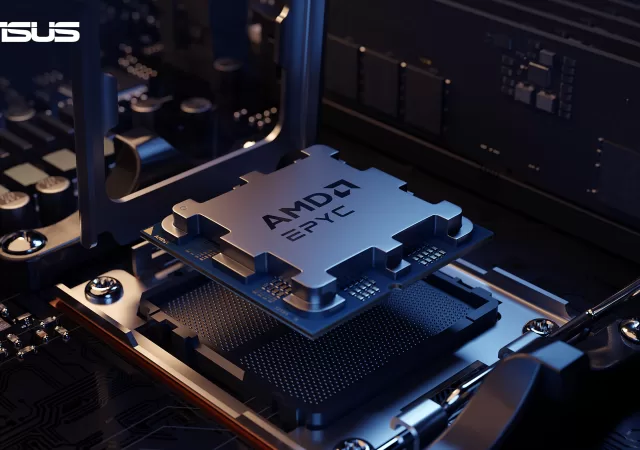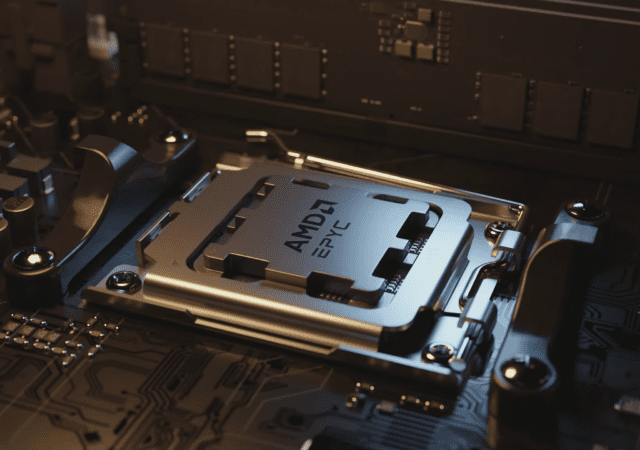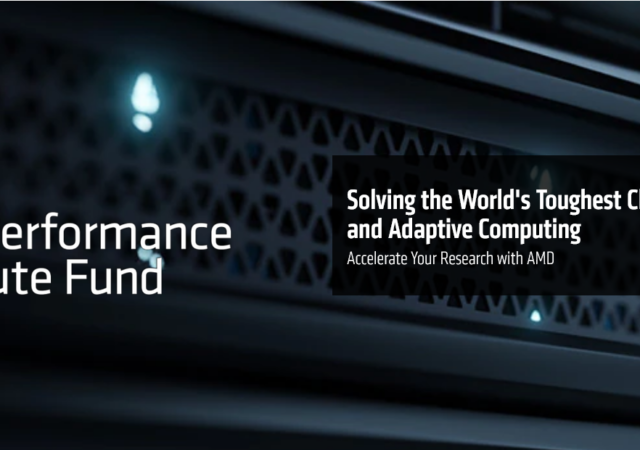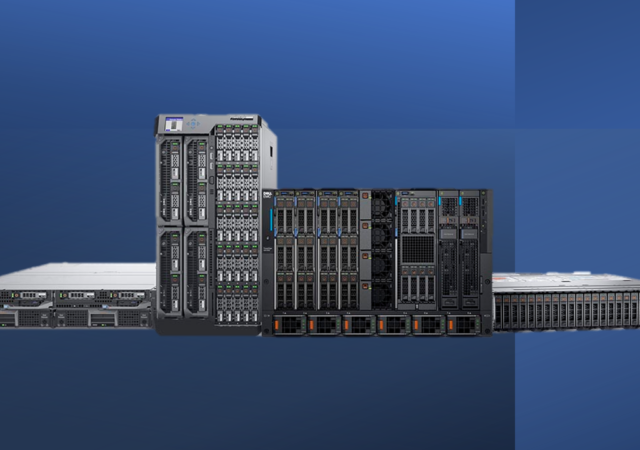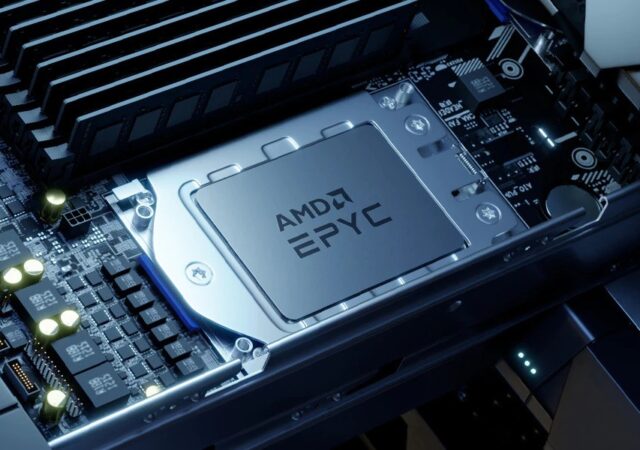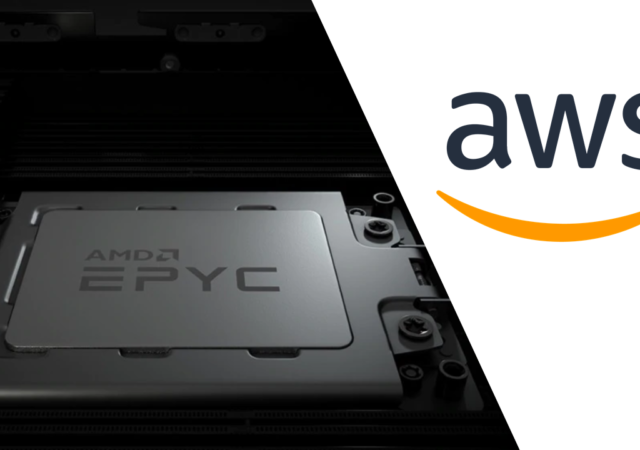Google’s newest virtual machines are available with AMD’s latest EPYC processors for high performance computing.
ASUS Unleashes Server Power with AMD EPYC 4004 Processors
ASUS announces new products that support AMD’s EPYC 4004 processors for businesses and servers.
AMD Another EPYC with a Focus on Power & Efficiency for Everyday Servers
AMD announces new Zen 4-based EPYC processors for servers. The new EPYC 4004 series strikes a unique balance between affordability and performance.
AMD Commits to Helping Further Research with Expanded High Performance Compute Fund
AMD expands the AMD High Performance Compute fund to include more fields of research and integrate Xilinx technology.
Tech & Tonic Special with Paige Shi of AMD
AMD has been on a roll with a multitude of releases and powerful innovations that are changing the landscape of the semiconductor industry. AMD is a company that has made its bets 5 years ago in high-performance computing and is…
Dell Technologies Brings EPYC Power & Flexibility with New Dell EMC PowerEdge Servers
Dell EMC unveils their new AMD EPYC powered PowerEdge line up. The new offerings are able to adapt and cater to multiple compute needs.
Even More EPYC with AMD – Stacking Zen 3
AMD just launched their new EPYC processors made for servers and data centers. The new processors feature Zen 3 and 7nm technology.
AWS Outposts – Empowering Innovation & Low Latency Connectivity
AWS Outposts announced at the recent AWS Re:Invent brings a new definition to hybrid cloud for companies needing low latency connectivity.
Amazon Web Services (AWS) Gets More EPYC with AMD Powered Instances
AMD announces the availability of a new ECC instance on Amazon Web Services (AWS) that delivers high performance compute capabilities powered by their 2nd Generation EPYC processors.



